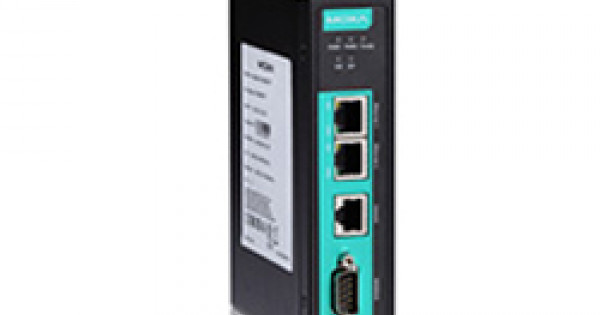5 Ways Managed Detection

In the realm of cybersecurity, the importance of effective threat detection cannot be overstated. As the landscape of cyber threats continues to evolve and become increasingly sophisticated, organizations are turning to managed detection and response (MDR) services to bolster their defenses. MDR represents a proactive approach to security, combining technology and human expertise to detect, analyze, and respond to threats in real-time. Here are five ways managed detection can enhance an organization’s cybersecurity posture:
1. Enhanced Threat Visibility
Traditional security solutions often focus on a specific type of threat, leaving gaps in an organization’s defense. Managed detection and response services, however, provide comprehensive threat visibility. By leveraging advanced technologies such as artificial intelligence (AI) and machine learning (ML), alongside human analysis, MDR services can identify and flag potential threats that might evade traditional security systems. This proactive approach ensures that organizations have a clear and continuous view of their security landscape, allowing for quicker and more effective responses to emerging threats.
2. Expert Analysis and Response
One of the key advantages of managed detection services is the inclusion of expert analysis. Cybersecurity experts within MDR services are dedicated to monitoring an organization’s security environment 24⁄7, analyzing alerts, and distinguishing between genuine threats and false positives. This expertise ensures that threats are not only detected early but are also thoroughly understood, allowing for more targeted and effective responses. Furthermore, these experts can guide organizations in implementing corrective measures, thereby enhancing their overall cybersecurity resilience.
3. Reduced False Positives and Negatives
False positives (benign events incorrectly identified as malicious) and false negatives (malicious events incorrectly identified as benign) are significant challenges in cybersecurity. False positives can overwhelm security teams with irrelevant alerts, distracting them from real threats. On the other hand, false negatives can lead to undetected breaches. Managed detection services, with their blend of technological sophistication and human oversight, are adept at minimizing these issues. Advanced algorithms and expert judgment can more accurately categorize events, reducing the noise of false positives and the danger of false negatives, thus ensuring that security teams focus on and respond to actual threats.
4. Compliance and Regulatory Support
In today’s highly regulated cybersecurity environment, compliance with various standards and regulations is not just a legal requirement but also a critical component of an organization’s security strategy. Managed detection and response services are well-versed in the intricacies of these regulations, offering support that helps organizations meet their compliance obligations. By integrating compliance considerations into their threat detection and response frameworks, MDR services can provide organizations with the peace of mind that comes from knowing their cybersecurity practices align with legal and regulatory requirements.
5. Scalability and Cost-Effectiveness
For many organizations, particularly smaller and medium-sized enterprises, developing and maintaining an in-house cybersecurity team capable of providing 24⁄7 monitoring and response is prohibitively expensive. Managed detection services offer a scalable and cost-effective solution to this challenge. By outsourcing threat detection and response to specialized providers, organizations can gain access to world-class cybersecurity expertise and technology without the upfront costs and ongoing expenses associated with building and maintaining such capabilities in-house. This approach allows organizations to allocate their resources more efficiently, focusing on their core business operations while ensuring their cybersecurity needs are met.
In conclusion, managed detection and response services represent a significant advancement in cybersecurity, offering organizations a comprehensive, proactive, and cost-effective way to enhance their threat detection capabilities. By leveraging the expertise, technology, and scalability of MDR services, organizations can significantly bolster their defenses against an evolving landscape of cyber threats, ensuring the integrity and security of their digital assets.
What is Managed Detection and Response (MDR)?
+Managed Detection and Response (MDR) is a cybersecurity service that combines technology and human expertise to detect, analyze, and respond to cyber threats in real-time, providing organizations with proactive and comprehensive threat detection and response capabilities.
How does MDR improve cybersecurity?
+MDR improves cybersecurity by offering enhanced threat visibility, expert analysis and response, reduction of false positives and negatives, compliance and regulatory support, and scalability and cost-effectiveness, thereby providing a robust defense against cyber threats.
Why should organizations consider MDR services?
+Organizations should consider MDR services to bolster their cybersecurity posture, especially in a landscape where threats are becoming increasingly sophisticated. MDR offers a proactive, cost-effective, and scalable solution that can enhance threat detection and response capabilities without the need for significant in-house investment.


